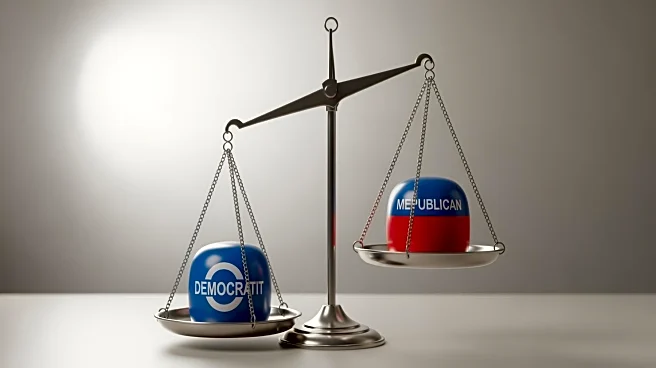What's Happening?
After a 43-day government shutdown, the longest in U.S. history, House lawmakers are set to vote on a deal to end the impasse. The Senate advanced the deal, which includes a continuing resolution to fund
the Defense Department until January 30. The shutdown led to over 4,000 layoffs, which are currently paused by a federal court. The deal does not include health insurance provisions demanded by Democrats, nor does it absolve Republicans from blame, as indicated by recent polls and elections. Military advocacy groups have urged Congress to reopen the government and provide backpay to civilians affected by the shutdown.
Why It's Important?
The resolution to end the shutdown is crucial for the functioning of the U.S. government and its services. The shutdown has affected thousands of federal employees and disrupted various government operations. The deal's passage would allow the Defense Department to prioritize missions and manage resources more effectively. The shutdown has also highlighted political divisions, with both parties facing criticism for their handling of the situation. The resolution's passage could stabilize government operations and provide relief to affected employees.
What's Next?
If the House passes the deal, the government will resume normal operations, and affected employees will receive backpay. However, the resolution is temporary, funding the Defense Department only until January 30, which means further negotiations will be necessary to secure long-term funding. The political fallout from the shutdown may influence upcoming elections and legislative priorities. Stakeholders will need to address unresolved issues, such as health insurance provisions, in future negotiations.












